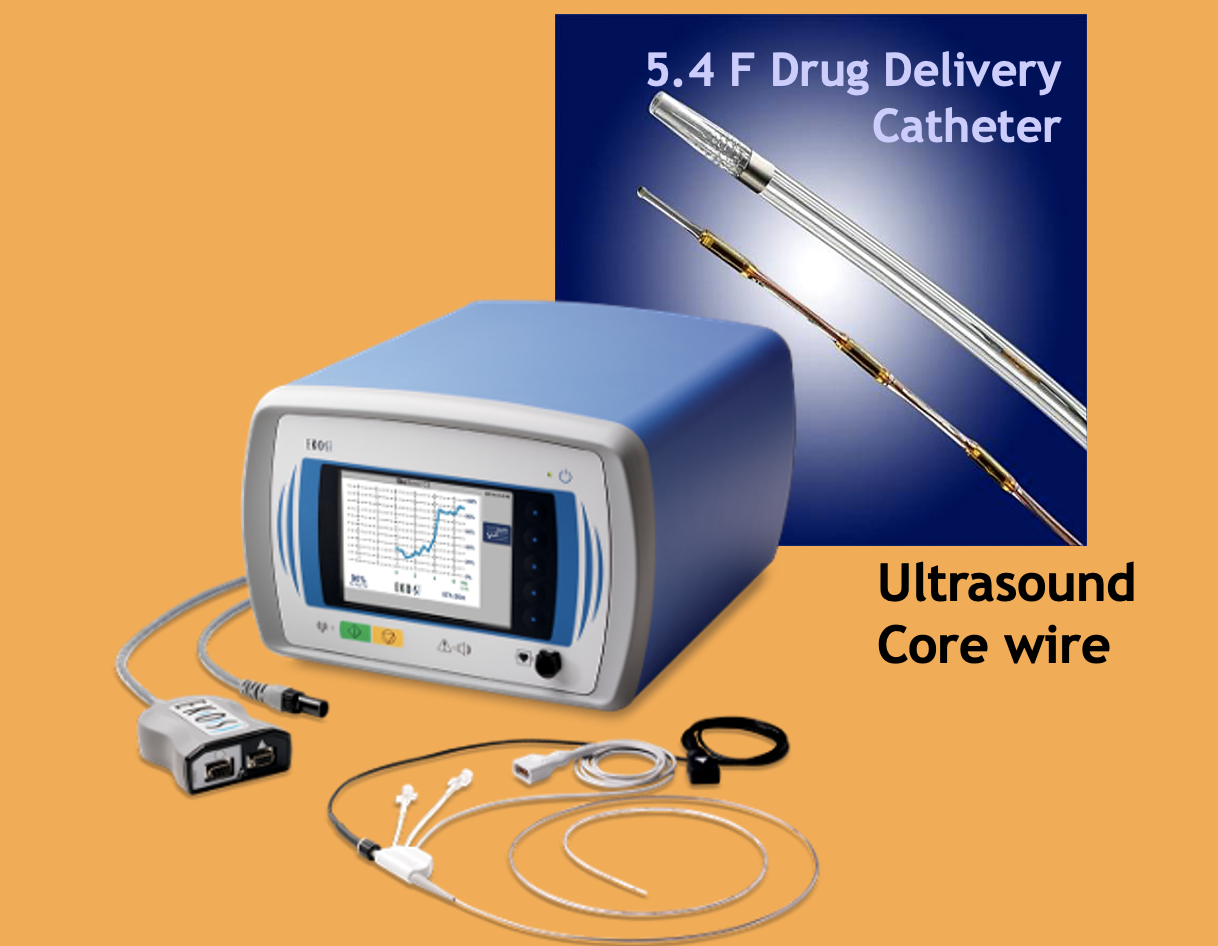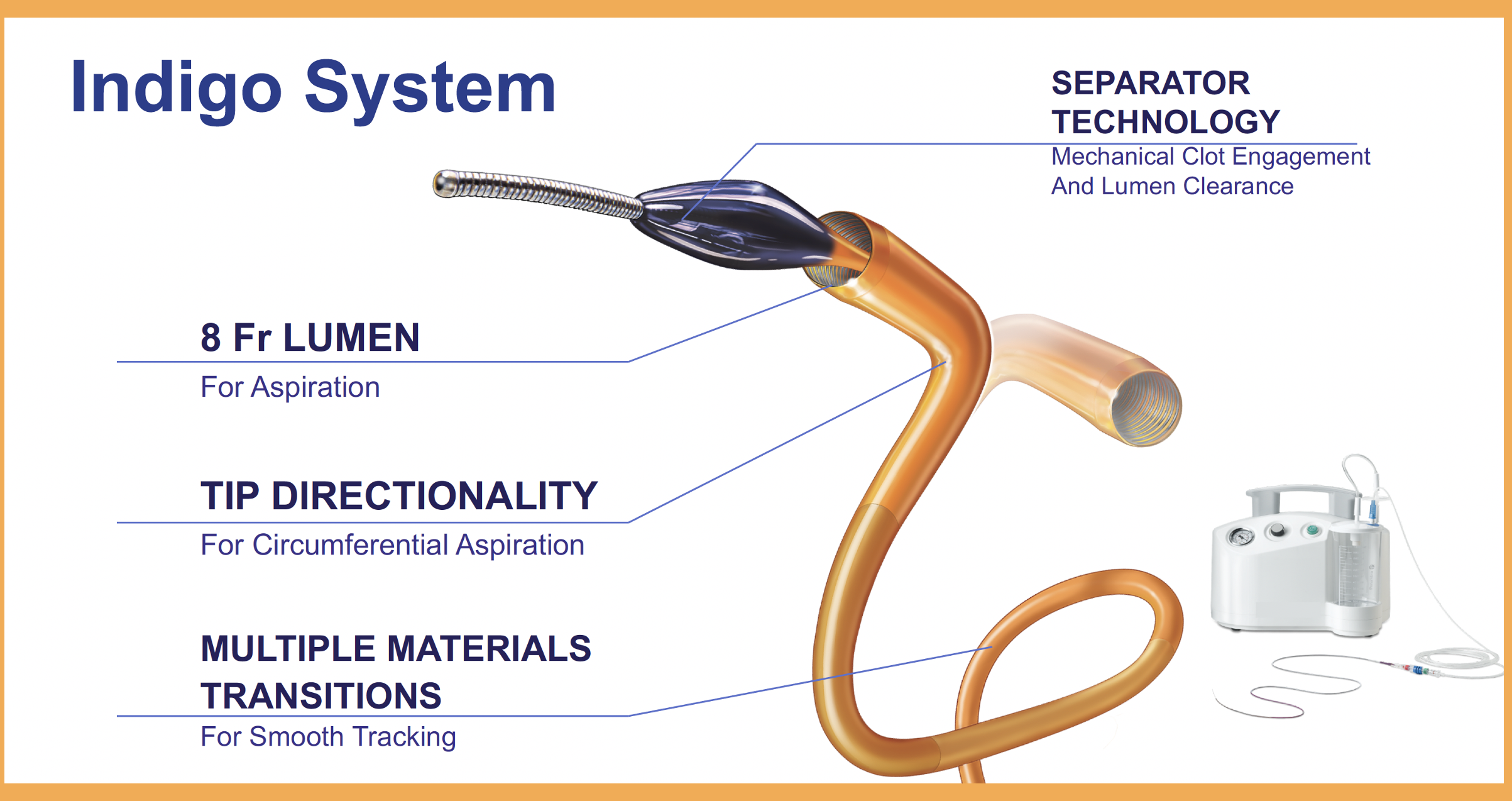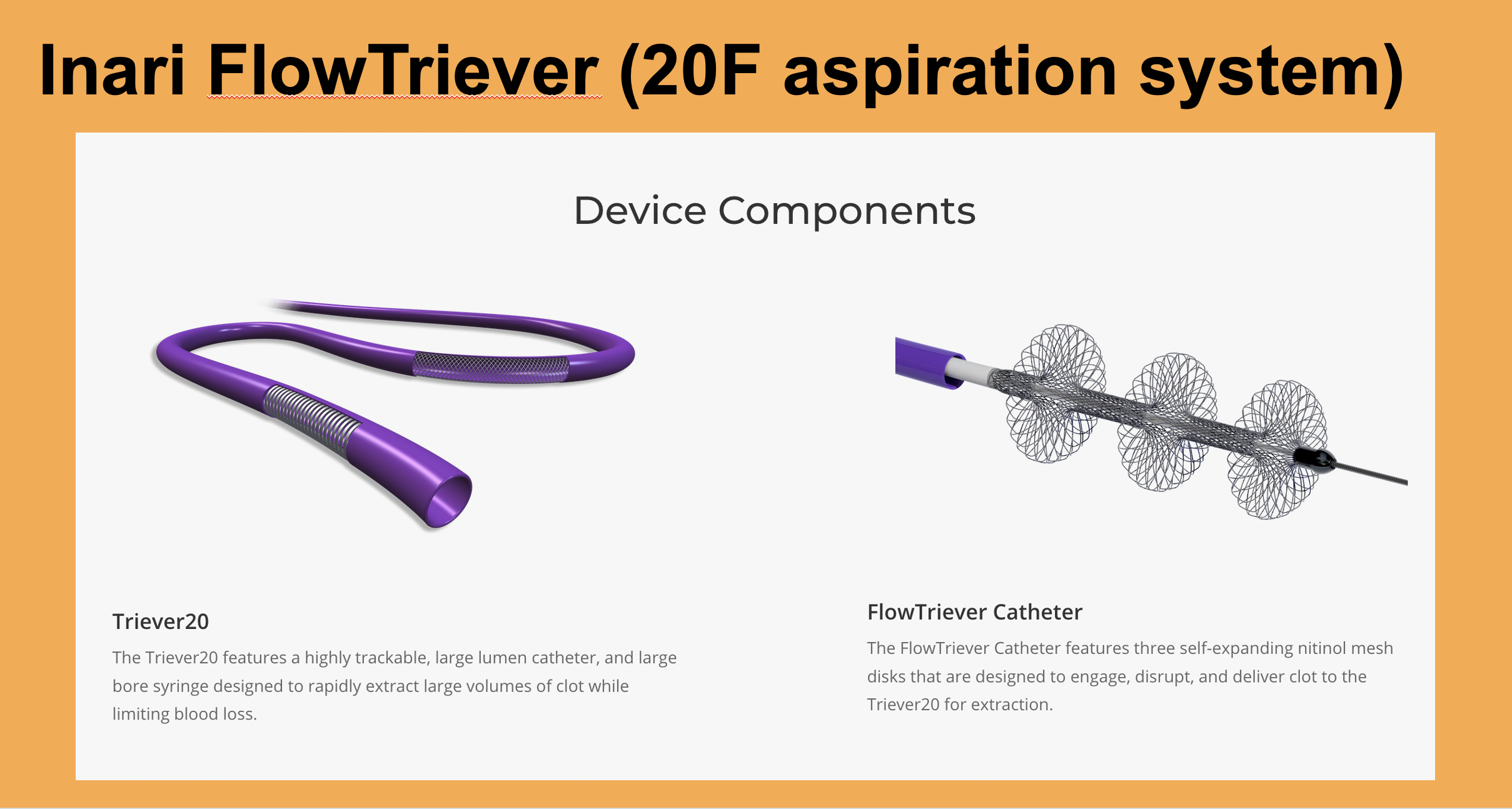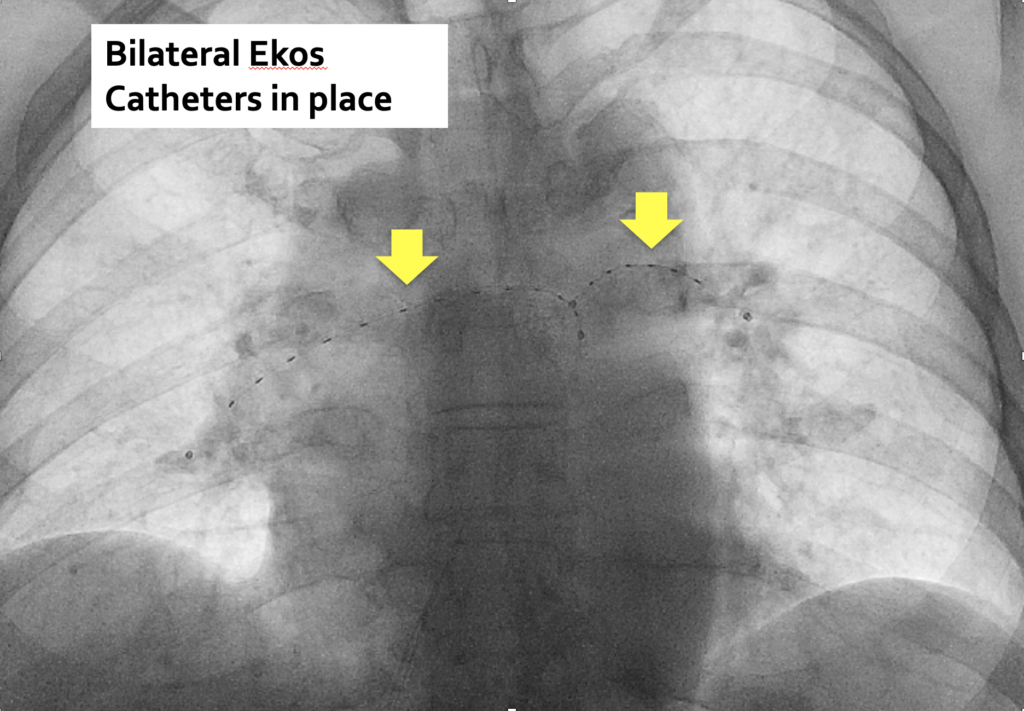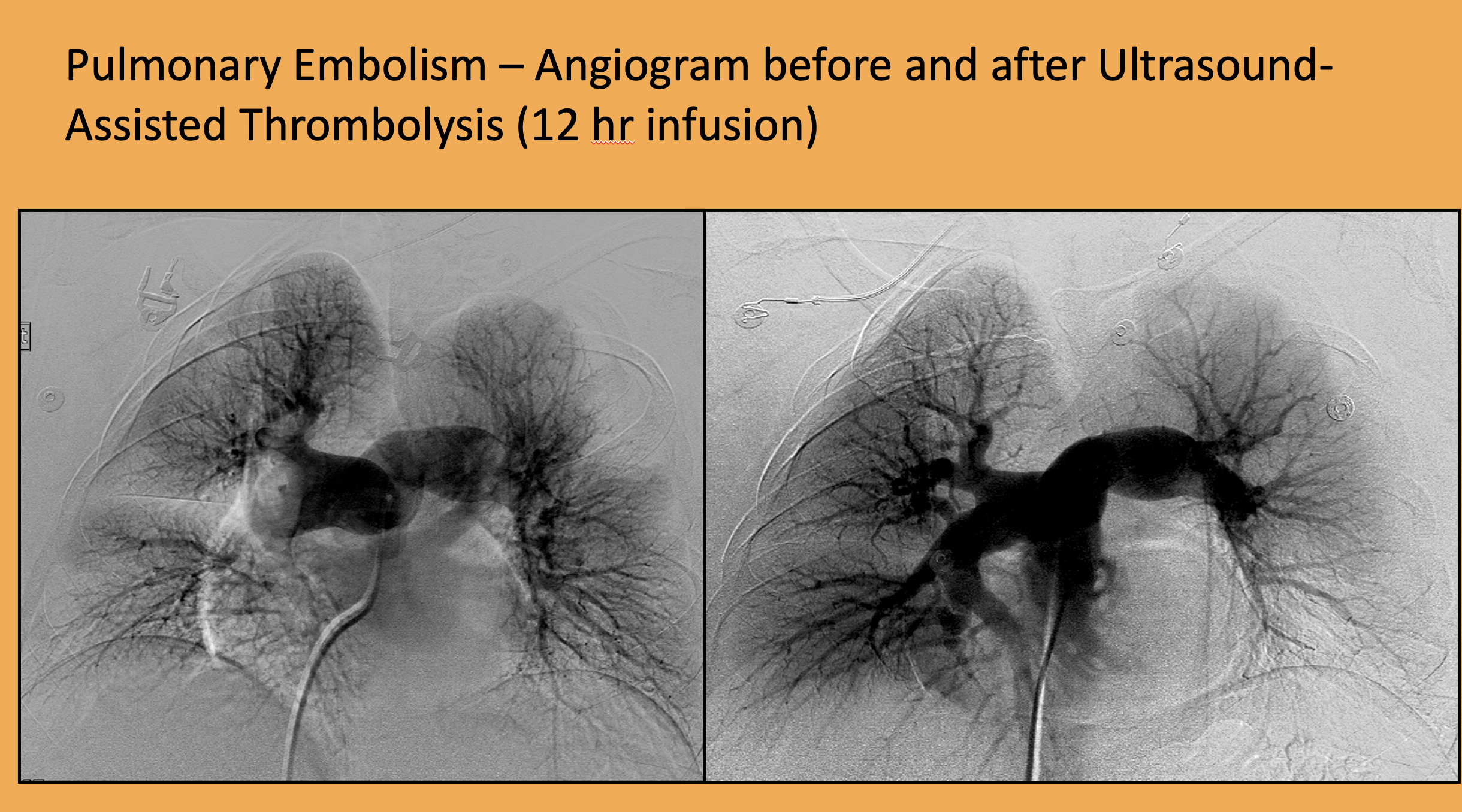Pulmonary Embolism Management
Interventional Management of Pulmonary Embolism
Pulmonary embolism (“PE”) which occurs when a blood clot, typically from the leg, travels to the lungs is a major problem which causes or contributes to 15% of all hospital deaths. There are more than 600,000 cases / year in the U.S. Patients develop sudden onset of multiple symptoms including shortness of breath, chest pain, or rapid heart rate. Diagnostic EKG changes and abnormal blood tests can be present, as well. The best test for PE is the CT Angiogram (CTA) which not only shows the blood clots in the pulmonary arteries but also allows measurement of the right-sided heart chambers (especially the right ventricle which is enlarged in serious PE).
More mild PE cases may be managed by simply placing the patient on blood thinners. However, more serious massive or “sub-massive” PE patients benefit from an interventional approach in which the pulmonary artery clot is either dissolved with blood thinners administered directly into the clot through a specialized ultrasound catheter (EKOS); or removed with “aspiration thrombectomy” catheters such Penumbra or Inari FlowTriever.
When treated aggressively, patients have marked improvement in their symptoms almost immediately with an improved long-term prognosis, as well. OHVI cardiologists are one of only a limited number of physicians in central Florida who perform these procedures.
